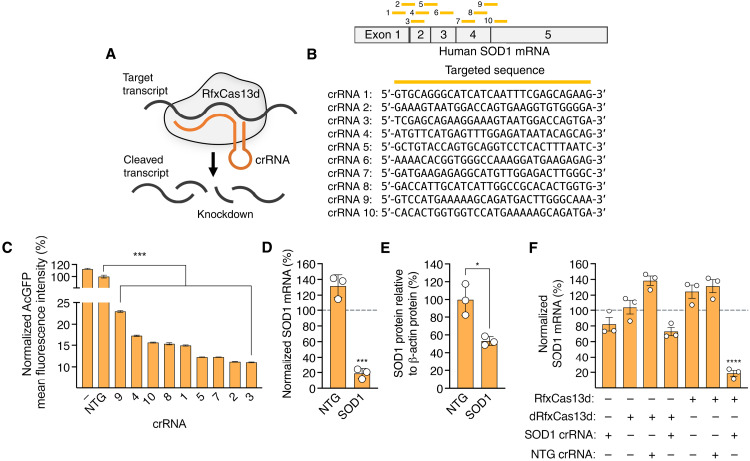Fig. 1. RfxCas13d can be programmed to target hSOD1.
(A) Cartoon of RfxCas13d targeting. (B) (Top) Mature human SOD1 (hSOD1) mRNA and locations of the crRNA binding sites (yellow bars). (Bottom) crRNA target sequences. (C) Mean fluorescence intensity (MFI) of AcGFP in HEK293T cells transfected with SOD1 reporter plasmid and RfxCas13d with crRNAs. Data were normalized to cells transfected with RfxCas13d and nontargeted crRNA, denoted NTG. “−” indicates cells transfected with reporter plasmid only (n = 3). (D) Normalized SOD1 mRNA in HEK293T cells transfected with RfxCas13d and crRNAs. Data were normalized to relative SOD1 mRNA in untreated cells (n = 3). (E) hSOD1 protein in cell lysate from HEK293T cells transfected with RfxCas13d and crRNAs. SOD1 protein was normalized to β-actin protein (n = 3). (F) SOD1 mRNA in HEK293T transfected with RfxCas13d, catalytically dead RfxCas13d (dRfxCas13d), or no RfxCas13d with crRNAs. Data are normalized to relative SOD1 mRNA in untreated cells. (D and F) Dashed lines indicate relative SOD1 mRNA in untreated cells (n = 3). All analyses were conducted 72 hours after transfection. Error bars indicate SEM. *P < 0.05; ***P < 0.001. (C, D, and F) One-way ANOVA and (E) two-tailed unpaired t test.

